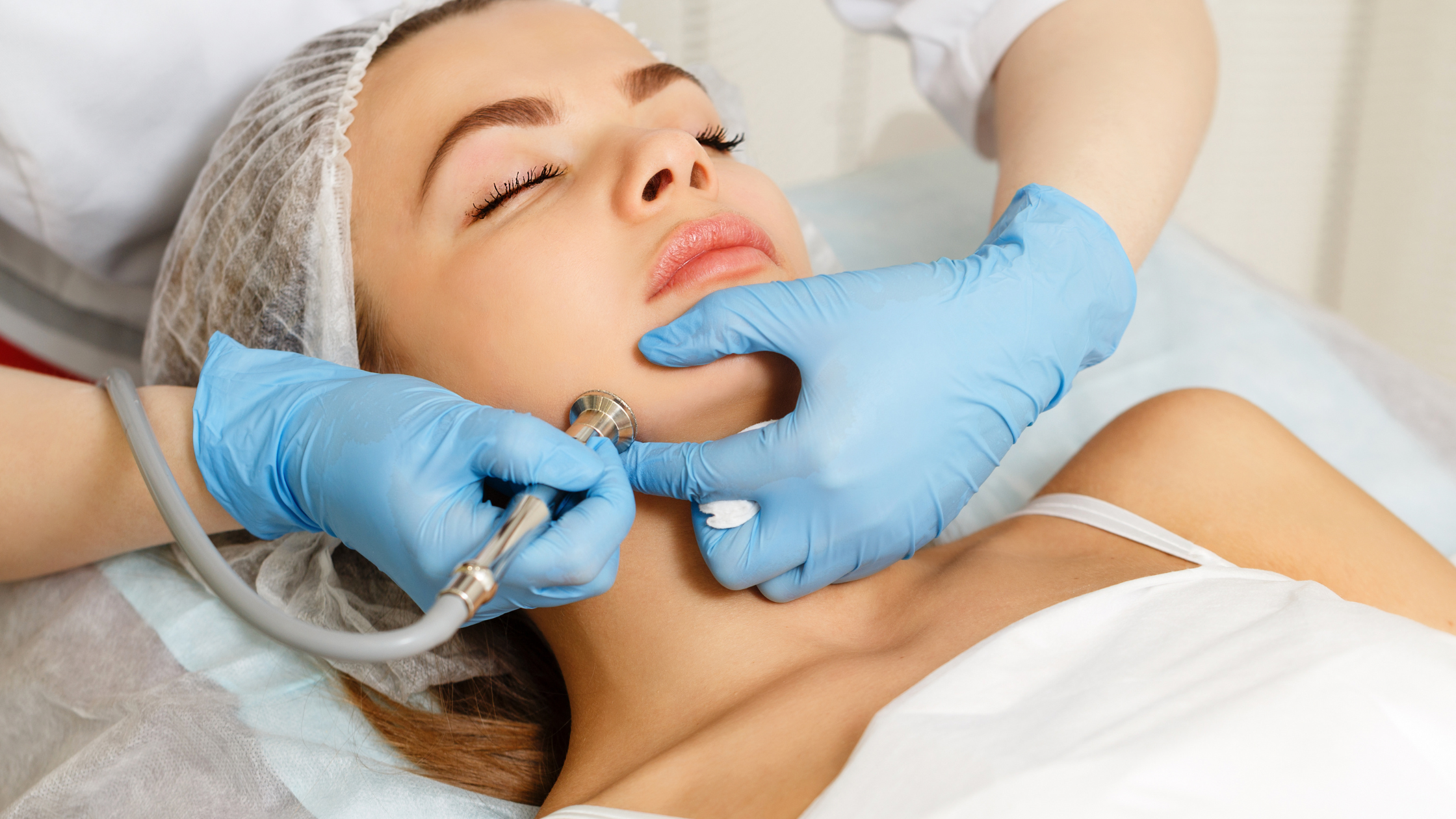360 Wellness Education
Your expert in providing modality training, strong business foundations, proper body mechanics, and self-care strategies for wellness providers.
In today’s competitive skincare industry, offering advanced treatments like microdermabrasion and hydrodermabrasion has become increasingly essential for estheticians looking to stand out. With rising demand for non-invasive skin rejuvenation, these treatments have carved a solid place in both solo practices and full-service day spas. But is it truly worth it for estheticians to invest time and money into learning these techniques? Let’s break it down.

Popularity: A Growing Demand
Both microdermabrasion and hydrodermabrasion have seen consistent popularity due to their immediate results, minimal downtime, and wide suitability for different skin types. Hydrodermabrasion, in particular, has surged in popularity due to its gentler, hydrating approach and visibility in social media and influencer beauty routines.
Clients now seek not just relaxation but visible, lasting results, and these treatments deliver exactly that. Salons and spas that offer them are often seen as more advanced, modern, and results-driven—an appealing factor for clientele willing to invest in their skin health.
Benefits for the Client
The results are immediate and cumulative—smoother, brighter skin with improved tone and texture—making them ideal for both first-time and returning clients.
Initial Investment
The cost to get started depends on a few variables:
Total startup investment: $2,000 to $7,500, depending on whether you choose one or both treatments, and the quality of equipment.
Profit and ROI (Return on Investment)
Here’s a simplified breakdown of potential profits:
If you invest $5,000 into training and equipment, offering just 5 hydrodermabrasion sessions per week at $150 each would gross $3,000/month. After subtracting expenses (~$300–$500/month), your net profit could be around $2,500/month, meaning you could recoup your investment in 2–3 months.
Offering these as add-ons to facials or as part of packages accelerates your return and enhances client loyalty.
Ease of Integration as an Add-On
Both treatments are incredibly easy to integrate into existing facial services:
This makes them perfect upsell options that enhance the results of standard treatments—without significantly increasing your time commitment.
Solo Practitioner vs. Day Spa
The only caution for solo practitioners is the higher initial cost burden—but with proper marketing and client retention strategies, the payoff can be even greater due to direct profits.
The combination of client demand, visible results, high ROI, and ease of integration into existing services makes learning microdermabrasion and hydrodermabrasion a smart and strategic move for estheticians. Whether you’re working independently or in a spa, these advanced treatments not only boost your income but also elevate your credibility as a skincare professional.
By offering results-driven services that clients can see and feel, you’re positioning yourself as an expert in a growing field—and that’s always worth the investment.